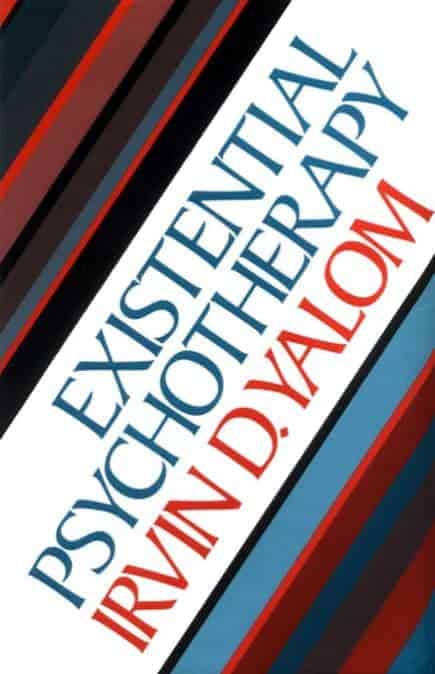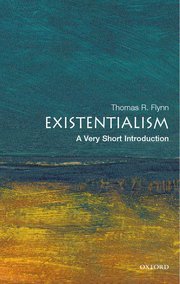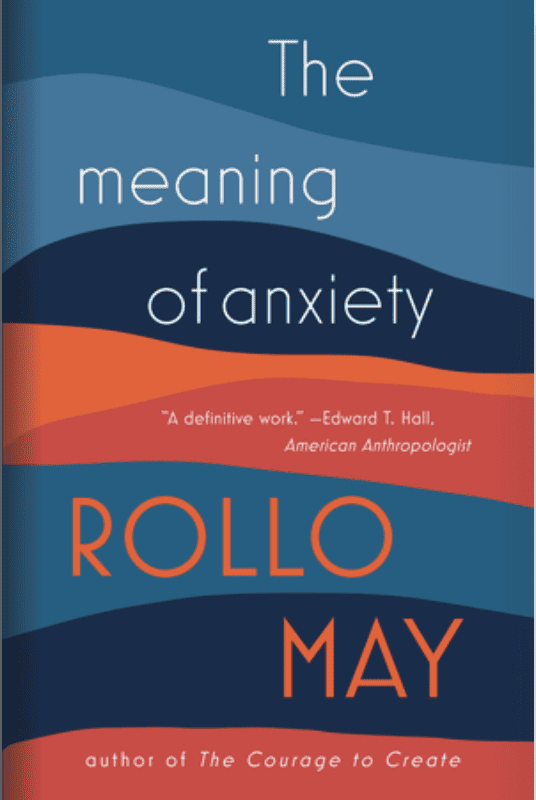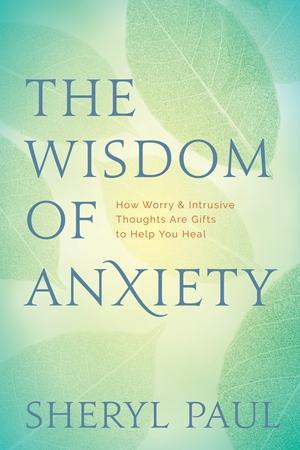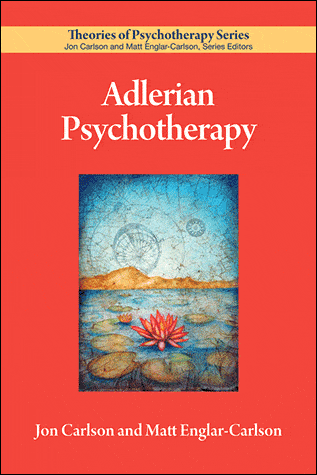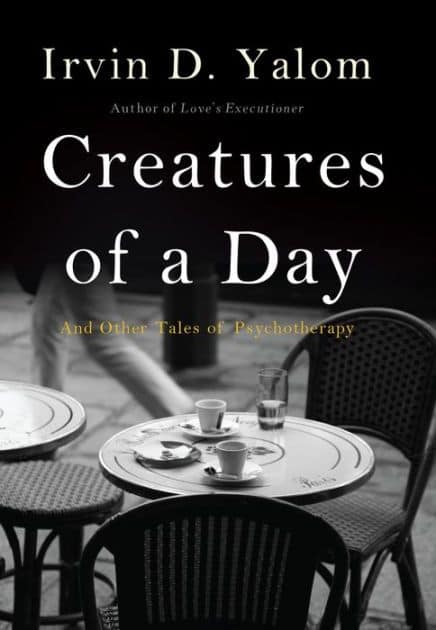Therapy
Existential Therapy: History, Key Elements, Benefits, Effectiveness
THC Editorial Team July 14, 2021

Contents
- Overview
- What Is Existential Therapy?
- What Is the History of Existential Therapy?
- Key Elements of Existential Therapy
- How Does Existential Therapy Work?
- Conditions Treated by Existential Therapy
- Potential Benefits of Existential Therapy
- Limitations of Existential Therapy
What Is Existential Therapy?
Existential therapy is a type of psychotherapy rooted in the concerns of existential philosophy, such as the human search for meaning and value. This therapy focuses primarily on helping people identify and understand meaning and purpose in their lives. It also helps people learn how to make life choices that lead to overcoming their fears of the unknown, minimizing their anxiety, maximizing their reason for being, and increasing their authenticity.1
What Is the History of Existential Therapy?
Existential therapy grew out of the work of prominent 19th– and 20th-century existential philosophers, including Søren Kierkegaard and Friedrich Nietzsche, who sought to help people answer big questions about the meaning of life.2 Broadly, existential philosophers explore how people productively deal with what they see as “fundamental givens,” including temporality, choice, anxiety, death, guilt, and meaning/meaninglessness.2
Kierkegaard believed that inner wisdom was the only thing that could resolve feelings of discontent and that most people simply did not have the courage to seek passion within themselves. Nietzsche added the concepts of personal responsibility, freedom, choice, and free will to existential philosophy. He proposed that “God is dead” and that people should therefore define morality for themselves and embrace their own free will outside of religious guidelines.3
During the early 20th century, Jean-Paul Sartre and Martin Heidegger explored how existential interpretation might help people heal and obtain psychological balance. Sartre is widely credited as one of the founders of existentialism and contributed theories involving concepts like emotions and imagination. Heidegger believed that poetry and philosophical thinking could reveal more about the human condition than science and aimed to understand how people perceive their internal experiences.3
Inspired by Swiss psychiatrist Ludwig Binswanger’s work in the early 20th century, psychologists Rollo May and Irvin Yalom and theologian Paul Tillich developed existential therapy as a mainstream therapeutic approach.2 Tillich was a German existential theologian and a professor at the Union Theological Seminary, located in New York, from which May earned his degree in 1938.4
Yalom built off of May’s work and theorized that four primary issues prevent people from reaching fulfillment: death, isolation, meaninglessness, and freedom.5 The work of these early existentialists influenced Austrian psychiatrist, neurologist, and philosopher Viktor Frankl’s logotherapy, which he defined as “healing through meaning” or seeking meaning as a primary life purpose.6
In the late 20th century and early 21st century, multiple institutions dedicated to existential psychotherapy as a method to manage mental health conditions were founded in Europe and the US.7
Key Elements of Existential Therapy
Numerous tenets of existential philosophy are incorporated into therapeutic practices. Existential therapy is known to be anti-technique, and as such, its practices are not uniform. Some theorists advocate that existential therapists should, at times, turn from science to poetry or philosophy to serve their clients better.3 Some common focal points utilized in existential therapy are discussed here.
The Concept of Self
Existential therapy advocates for flexibility in a person’s definitions of themself. When someone becomes too entrenched in the qualities they assign to themselves and those things seen as being intrinsic to themself, they become unable to change and adapt to their environment. On the other hand, if people have no immutable qualities, they can become confused and unpredictable. Existential therapy seeks to help clients find this balance.2
Freedom, Choice, and Responsibility
Though not everything is under an individual’s control, existential therapy advocates for exercising one’s freedom to choose. Choices have consequences, and when people actively make choices, they assume responsibility for the outcomes. Thus, responsibility is seen as a part of life. Existential therapists emphasize taking responsibility for choices rather than blaming environmental factors such as upbringing or fate.2
The Centrality of Anxiety
Existential therapy proposes that anxiety is a constant inevitability of life. Anxiety is seen as ever-present in the background of life and is conceptualized as being different from fear, which has a direct and clear cause.
Kierkegaard connected anxiety to freedom; because people have the freedom to make choices, they also have the freedom to make choices that may inadvertently cause them to feel pain and loss. Heidegger connected anxiety to death and meaninglessness. When people realize that the things they believe to be intrinsic parts of themselves, like the ways they think and act, are social constructs, it causes anxiety. Existential therapy helps clients accept the inevitability of this anxiety.2
How Does Existential Therapy Work?
In existential therapy, experiences of anxiety, depression, or isolation are approached as natural phases of human development instead of mental illnesses.8 Existential therapists believe that people experience roadblocks because of how they interact with the four existential issues identified by Yalom (i.e., death, isolation, meaninglessness, and freedom). When people confront these issues, they can be filled with feelings of anxiety—which practitioners of existential therapy believe may limit their self-awareness and result in long-term problems.1
This type of therapy aims to help clients cultivate meaning in their lives despite their existential fears. For example, people might experience deep anxiety when confronted with the knowledge that they will die. This anxiety and fear of death might cause them to ignore the necessity of death for existence and prevent them from making decisions that could be fulfilling.
Existential therapists try to help people balance maintaining awareness of existential issues and not feeling overwhelmed. One strategy existential therapists use involves mapping a client’s worldview. People tend to have fixed ideas about their lives and the world; not all of them are based on reality, and they can be a hindrance and even harmful at times. The therapist’s role is to gently and sensitively deconstruct those aspects of the client’s worldview. The therapist knows this process can be complex and jarring, allowing the client to set the pace. They also encourage clients to search for other meanings and perspectives that may enable them to exist more authentically.2
Existential therapy centers on the ideas of meaning and purpose. When clients have an experience that makes them question their meaning, it can cause a breakdown or “existential crisis.” The existential therapist helps clients find new meaning by considering what is important, what works and what does not work, and what their values are, ultimately finding a “why” that will instill purpose.2 As Nietzsche said, “If we have our own ‘why’ of life, we shall get along with almost any ‘how.’”9
Therapists who practice existential therapy see the past as “being in-itself,” or lacking possibilities, and the present as “being-for-itself,” or full of possibilities.2 If a client is fixated on their past, existential therapy can help them alter their view of their past to assign different meanings to it and relinquish its control over the present. Existentialists believe that people can take charge of their past, present, and future, as it is not prescribed or fixed but whatever they make it out to be.2
Overall, existential therapy can help people live more authentically and positively. From an existentialist perspective, authenticity is not simply genuineness. It is also the act of living in accordance with personal values and under the assumption that the things someone thinks are true or constant in the world are instead unfixed and fragile. The existential therapist invites their clients to rethink what they see as unshakably true and reconsider whether they are immutable or even true. Clients are encouraged to focus on what is important to them and live according to their values.2
Conditions Treated by Existential Therapy
Existential therapy can benefit people in many ways, including exploring underlying inner conflicts, cultivating a stronger sense of purpose, and examining paths or choices that have led them to their present circumstances. Existential therapy can be used to treat many different mental health conditions and difficulties, including the following:2
- depression
- anxiety
- posttraumatic stress disorder
- substance abuse
- psychosis
- anger
Potential Benefits of Existential Therapy
People who undergo existential therapy and respond to treatment might find greater meaning and increased motivation and self-awareness.10 The hunt for meaning is a core concept of existentialism, and so one of the major benefits of existential therapy is finding a purpose that a client is passionate about. This purpose can stave off dullness and apathy while also giving people a point from which to orient themselves in the world and make sense of their experiences.11
Existential therapy might also help people recognize that their decisions are theirs and that they have the freedom to make the choices that will benefit them and bring them happiness and fulfillment.2 Many therapists also combine existential therapy with other therapeutic models, which can benefit clients by exploring their issues from multiple angles while gaining insight and wisdom.
Effectiveness of Existential Therapy
Because of existential therapy’s broad variety of ideas and practices, it has not been researched and written about as much as some more mainstream avenues of psychotherapy.12 Individual therapists might use various approaches in clinical practice, and measuring how people find meaning in their lives is difficult. This scenario makes comparing existential therapy to other approaches challenging.
However, several studies have demonstrated that it is a worthwhile and helpful practice when used with specific populations, including people who are incarcerated,13 those who have advanced cancer,14 who have posttraumatic stress disorder.15 A meta-analysis of existential therapies for resolving psychological difficulties found that people who received meaning-based therapy in group sessions had more positive psychological outcomes, including reduced symptoms of psychopathology and improved self-efficacy and physical well-being, when compared with people who attended social support group sessions.16
One example of a client who had a successful existential therapy experience is detailed in a 2006 case study in Scientific World Journal. Anna, a 22-year-old woman, underwent holistic existential therapy to help cope with the abuse she suffered as a child. As the “middle part” of her therapy, she and her therapist focused on developing a sense of purpose in life. This framework aimed to build Anna up before delving into the difficult topics and traumatic events in her past. Anna saw such success from her therapy that the paper even goes so far as to say that she had “recovered completely” from her childhood trauma.15
Some Limitations of Existential Therapy
No therapeutic approach is without its flaws and limitations. Some people view existential therapy as an “intellectual” field that can attract clients who would rather avoid their feelings and emotions. If that results in a refusal to confront their emotions, it may be difficult for them to benefit from existential (or any) therapy. Similarly, because the existential approach is seen as client-led, it can attract those individuals who are untrusting, even of their therapist, again making it difficult to achieve therapeutic progress.3
Those who enter existential therapy seeking fast relief from symptoms like anxiety and depression may find this approach challenging because it focuses more on reframing clients’ existential perspectives of such symptoms than ameliorating them.3
The role of the existential therapist is complex and requires not only the already thorough training of a more mainstream therapist but also knowledge of a wide range of philosophical topics and even other mediums, like poetry. Existential therapists must balance breaking down clients’ assumptions about themselves and the world while simultaneously encouraging clients to grasp their own freedom. The challenges of this role may deter practitioners and make it difficult to master.3











